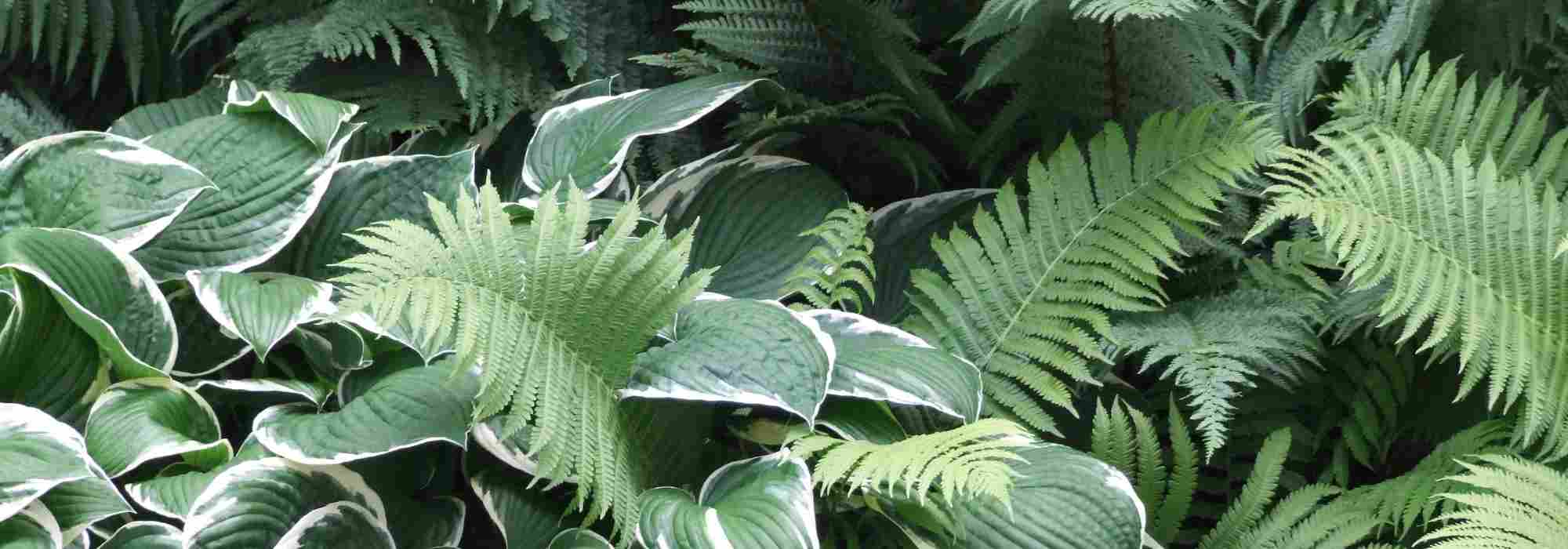
Design a shady border: which shade plants to choose for your garden?
10 perfect perennials and our ideas for combining them
Contents
Not sure what to do with that shady corner at the bottom of the garden or behind the house? Think no shade plant can thrive without direct sunlight? Think again! There are many plants for shade that can turn these neglected spots into true havens of green. Whether shade is cast by a wall, a building or created by the canopy of trees and bushes, it’s entirely possible to create a shaded border, flowering and attractive throughout the season. Some shade plants appreciate dry soils, ideal beneath large trees or along façades, while others prefer cooler, damper conditions.
Discover our selection of 10 families of perennial plants for shade, perfect for creating a shaded border rich in decorative foliage and flowering. Well paired with other plants that enjoy outdoor shade, they will allow you to create harmonious, original and easy-to-maintain displays, even where sunlight is scarce.
Hellebore: a shade plant that blooms in winter
Hellebores, also called Christmas roses or Lenten roses, are perennials for shade that brighten the darkest corners of the garden in the depths of winter. From November to April, these shade plants reveal generous, colourful flowers at a time when few species dare to bloom.
Their flowers (in fact large persistent sepals) take on varied shades: white, green, purple, pink or even almost black. Certain varieties produce very unusual double flowers or delicately marbled sepals. Their evergreen foliage, dark green and divided, completes the decorative effect all year round.
These shade-loving plants form sturdy clumps, measuring between 40 and 80 cm depending on the variety, perfect for composing an elegant, structured shady border.
Our favourite varieties and pairing ideas
- For a bold, graphic effect, pair Helleborus foetidus ‘Sopron’, with its chartreuse green blooms, with a Cornus alba ‘Sibirica’ with red branches and early daffodils such as ‘February Gold’, ideal in an evergreen shady border.
- For a more refined style, marry the white bells of the snowdrop (Galanthus) with the dark, velvety blooms of the oriental hellebore ‘Black Chocolate’.
- Double-flowered varieties, such as Helleborus orientalis ‘Double Picotee’, bring light into winter. Combine them with a Viburnum ‘Dawn’ or a Daphne odora ‘Rogbret’ for their fragrance and evergreen foliage.
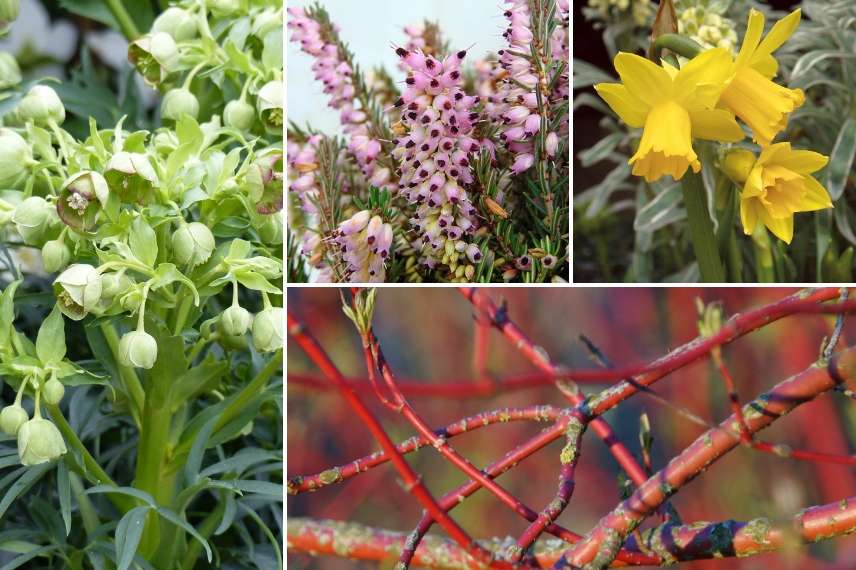
A planting idea: Helleborus foetidus ‘Sopron’, Erica carnea ‘jenny Porter’, Cornus alba ‘Sibirica’, Narcissus ‘February Gold’
Cultivation and care in a shady border
Hardy down to -15°C, hellebores are perennials for shady borders that are easy to grow, even in clay or calcareous soil. They prefer rich, moist soils but can tolerate drier conditions occasionally. Plant them in part shade or shade, in neutral to calcareous soil, or slightly acidic depending on the species.
Undemanding, they self-seed freely and enhance the shady border over time. Prune damaged leaves at the end of winter and add compost to encourage flowering. Once planted, these shade perennials dislike being moved.
Read also
10 plants to create a shady rockeryHostas: shade plants with decorative foliage
The Hostas are ideal shade plants for creating a lush shade border. Easy to grow, these shade perennials are perfect for groundcover and for structuring shady corners of garden.
Their foliage, thick and puckered, offers an incredible diversity of colours: clear green, bright yellow, silvery blue or beautiful variegations depending on variety. Deciduous, it takes lovely golden tones in autumn. From June to autumn, hostas are adorned with bell-shaped flowering reminiscent of lilies, white, lilac or slightly pink. Some varieties are even scented or double-flowered.
These shade-loving plants form generous clumps, from a few centimetres to over a metre in height depending on variety, ideal for evergreen shade beds or in pots.
Our favourite varieties and planting ideas
-
To create a spectacular effect, opt for Hosta ‘Empress Wu’, the giant of the family, with its impressive blue-green leaves and pale lavender flowering. Pair it with astilbes, Claytonia sibirica or azaleas to play with heights and colourful flowering.
-
Fancy a scented setting? Pair Hosta plantaginea ‘Aphrodite’ with white flowering and orange blossom scent, with Choisya ‘Sundance’ and lily of the valley as groundcover.
-
To brighten a shade border, choose Hosta ‘Sun Power’, with striking golden foliage. Pair it with a hydrangea or a hardy geranium for subtle contrast.
-
To vary graphic effects, go for a collection: the intense blue of Hosta ‘Halcyon’, the variegation of Hosta ‘Patriot’ or the fine leaves of Hosta ‘Stiletto’.

One planting idea: Hosta ‘Empress Wu’, Azalea ‘Koromo Shikibu’, Astilbe simplicifolia ‘Hennie Graafland’, Claytonia sibirica
Growing and tips for cool shade
Hostas appreciate cool shade or partial shade, but can tolerate denser shade, with foliage remaining decorative even if flowering is more discreet there.
Plant them in humus-rich, cool but well-drained soil. They adapt to clay soils and withstand cold, but dislike summer drought. Mulching and regular watering during dry periods are recommended.
Their main enemy? Slugs. To protect them naturally, discover our tips to combat slugs naturally.
Each spring, a dressing of compost promotes dense, vibrant foliage. These plants for shade borders prove easy to grow and can transform shady areas of garden for good.
Discover other Shade-loving perennials
View all →Available in 0 sizes
Available in 1 sizes
Available in 0 sizes
Available in 1 sizes
Available in 0 sizes
Available in 1 sizes
Available in 2 sizes
Available in 1 sizes
Available in 1 sizes
Available in 1 sizes
Hakonechloa : luminous grasses for shady borders
Iconic shade plant, Hakonechloa, also called Japanese forest grass, is an ornamental grass ideal for composing an elegant shaded bed. It forms beautiful rounded, supple and dense mounds, 30 to 50 cm in every direction.
Its fine, luminous foliage takes on magnificent golden to orange hues late in the season. Thanks to its cascading habit, it softens borders, bed corners and areas around a terrace. Its graphic appearance and Japanese-inspired style make it an essential plant for creating a zen, natural atmosphere in a shaded bed.
Our favourite varieties and pairing ideas
To enhance a shaded bed, pair Hakonechloa with decorative foliage:
-
Blue-green foliage of Hosta ‘Halcyon’ contrasts beautifully with the bright yellow of Hakonechloa macra ‘All Gold’.
-
Variegation of Hakonechloa macra ‘Aureola’ complements tones of Hosta ‘Fire and Dance’.
-
A few touches of colour from the red flowers of Primula pulverulenta enliven borders in early summer.
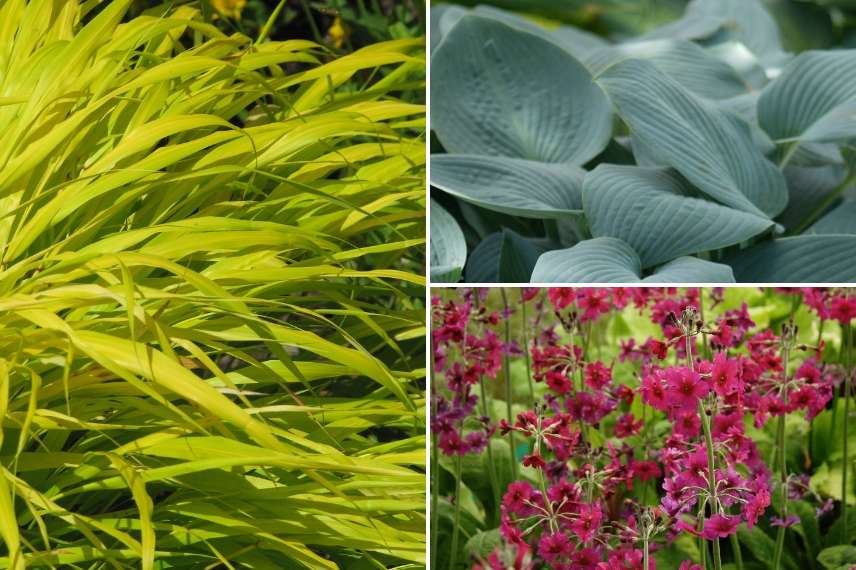
One planting idea: Hakonechloa macra ‘All Gold’, Hosta tardiana ‘Halcyon’, Primula pulverulenta
Growing guide for shaded beds
Japanese forest grass prefers cool, shaded beds, in deep, neutral to acidic soil, enriched with humus. It also adapts to clay soils provided moisture is sufficient and drainage effective.
This plant for outdoor shade is robust and rarely subject to slug attacks. In winter foliage naturally dies back; simply cut it back in early spring to encourage healthy regrowth.
Read also
Evergreen bushes for shadeEpimediums: decorative groundcover for shade
Epimediums, also known as barrenwort or fairy wings, are shade-loving outdoor plants, ideal for groundcover under trees or in difficult areas of the garden. Their dense foliage, sometimes evergreen, provides an excellent alternative to weeds in a shade border.
Leaves, heart-shaped or leading-shoot-shaped, show changing hues through the seasons: bronze, red, purple or marbled green depending on variety. In spring, Epimediums reveal small, delicate and unusual flowers in shades of white, yellow, orange, pink or purple, perfect for brightening dark corners.
These shade plants tolerate root competition well, which makes them an excellent choice for the base of trees or for persistent shade borders.
Our favourite varieties and pairing ideas
-
Epimedium warleyense, robust and drought-resistant once established, displays green, thorny foliage that turns red, with yellow and copper-orange flowers that are very decorative in spring.
-
Epimedium grandiflorum produces fine cloud-like lilac flowers, perfect to illuminate a shady corner with elegance. Its deciduous foliage offers lovely coppery tones in spring.
For combinations, pair them with hostas, ferns or carex to structure a harmonious, low-maintenance shade border.
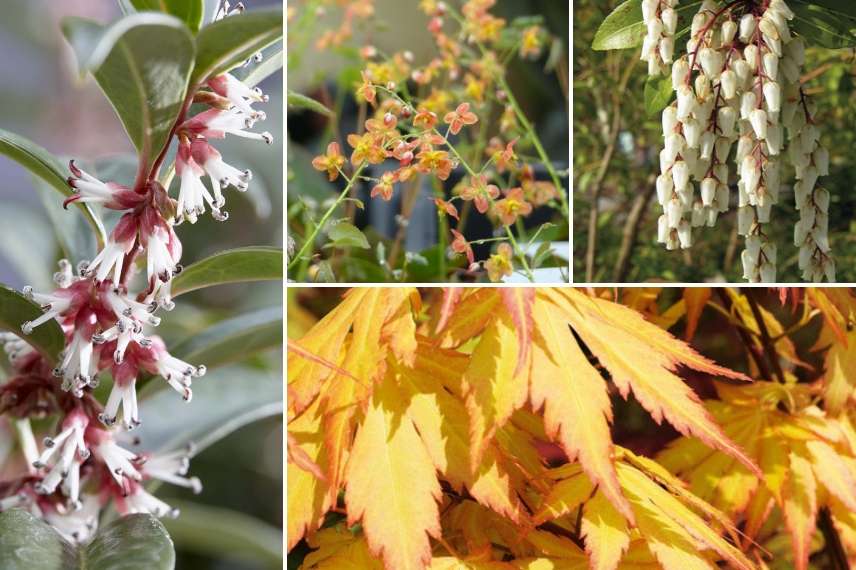
A planting idea: Sarcococca ‘Winter Gem’, Epimedium pubigerum ‘Orangekönigin’, Pieris japonica ‘Mountain Fire’, Acer palmatum ‘Orange Dream’
Easy cultivation for light shade
Epimediums thrive in shade or partial shade, in cool, humus-rich, well-drained soil. They tolerate occasional drought, notably species such as E. perralchicum or E. warleyense.
Easy to grow, these shade perennials are content with slightly acidic to neutral soil. A dressing of compost in spring or autumn encourages growth. Pruning foliage at the end of winter is not obligatory, but helps renew the plant. Their hardiness, down to -15 °C, makes them reliable for gardens in temperate climate.
Periwinkles: groundcover plants for outdoor shade
Periwinkle is an outdoor shade plant ideal for colonising difficult areas of the garden, notably under trees, along hedges or on shaded slopes. With its creeping stems that root on their own, it quickly forms extensive tapetum, smothering unwanted herbs.
Two species are commonly cultivated: Vinca minor, more compact, and Vinca major, taller and more vigorous. Their evergreen foliage, glossy green, golden or variegated, brings light into shady corners. Their melliferous flowering, in shades of blue, violet or white, occurs between April and June, sometimes with a repeat bloom in autumn.
These plants for shade beds are perfect for covering places where few other species establish, but their vigorous growth requires monitoring so they do not become invasive, especially when planted with more delicate plants.
Our favourite varieties and pairing ideas
-
Vinca minor ‘Flower Power’ offers intense blue flowering, very abundant, with an autumn repeat bloom. Ideal in dry shade beds, even under hedges or conifers.
-
Vinca minor ‘Illumination’ brightens shade with its yellow variegated foliage and blue flowers. Perfect as a trailing groundcover on a slope.
-
Vinca minor ‘Multiplex’ is notable for its semi-double flowers, plum with a white centre, very unusual.
-
Vinca major ‘Alba’, taller, produces large white flowers that stand out even in deep shade.
To limit their vigour, pair periwinkles with equally robust plants: lamiums, ivies, acanthus, hardy geraniums or Japanese anemones. Spring bulbs, such as tulips, narcissi or Dutch iris, nicely complement the flowering.

An idea for a combination: Anemone ‘Honorine Jobert’, Vinca major ‘Alba’, Acanthus mollis ‘Rue Ledan’, Hosta ‘Clifford’s Forest Fire’, Geranium phaeum ‘Album’
Cultivation and tips for a shade bed
Periwinkles appreciate shade or partial shade, especially in fresh, humus-bearing and well-drained soil. They also tolerate dry soils once well established, which makes them perfect plants for outdoor shade beds, particularly in difficult situations.
To stimulate flowering and preserve attractive foliage, cut plants back at end of winter and add some compost. Their rapid development is an asset on slopes or in large areas, but remember to limit them in structured beds.
Carex: perennial grasses for shade and difficult soils
Carex, or sedges, are perfect shade plants for structuring shady borders, including in winter. Grown mainly for their evergreen foliage, often variegated or coloured, they bring texture and light to dark corners of the garden.
These perennial ornamental grasses for shade measure 20 to 60 cm depending on variety, some exceeding 1 m. Their supple, trailing habit suits naturalistic, Japanese-style scenes or woodland understoreys.
Most Carex thrive in shaded positions, where their foliage reveals its full beauty, even on clay soil or in cool conditions.
Our favourite varieties and pairing ideas
-
Carex oshimensis ‘Evergold’ offers green foliage marginate with cream, very luminous in shade. Pair it with dark foliage of Ophiopogon ‘Nigrescens’ and Hosta ‘Big Daddy’ to enhance contrasts. Alchemilla mollis completes the group with its airy flowering.
-
Carex morrowii ‘Ice Dance’ has a fine white edging that mimics hoar frost. Combine it with Brunnera ‘Looking Glass’ and black heucheras for an elegant, contrasting effect.
-
In wet areas or by water, Carex pendula, over 1 m tall, adopts a very natural, supple habit. It pairs perfectly with Gunnera manicata or Asarum ‘Takasago Saishin’.
-
For a warmer touch, try Carex comans ‘Bronze Form’, with bronze foliage, which sets off the silvery foliage of Dicentra ‘Alba’ or Lamium ‘White Nancy’.

Pairing idea: Carex oshimensis ‘Evergold’, Ophiopogon planiscapus ‘Nigrescens’, Hosta ‘Big Daddy’, Alchemilla mollis
Cultivation in shaded borders
Carex appreciate fresh, well-drained soil, slightly acidic or neutral. They tolerate moisture, notably Carex pendula, and some adapt to drier soils after a few months of establishment.
Low-maintenance, these plants for shaded borders need little care: infrequent watering, generous during the first year, then a simple annual addition of compost is sufficient. Avoid fertilisers too high in nitrogen, which soften their foliage.
Carex have no major pests and provide a long-lasting presence, complementing other shade perennials to create graphic, evergreen compositions.
Heucheras: evergreen foliage in shade and colourful borders
Heuchera, also called coral bells, are shade perennials that bring colour and texture to shady corners. Their decorative foliage comes in an endless palette: green, purple, orange, yellow, silver or even black, ideal for composing evergreen shade beds.
They form compact clumps 40 to 50 cm high and are accompanied by airy flower spikes, white, pink or red, from spring to summer. Perfect in woodland, at edges or in a shady rockery, they combine easily with other plants that enjoy outdoor shade, notably to structure mixed beds.
Our favourite varieties and pairing ideas
-
Heuchera ‘Palace Purple’ charms with its glossy purple foliage, which contrasts nicely with golden carpets of Lysimachia ‘Aurea’ and the silver foliage of Lamium ‘Pink Pewter’. A few white narcissi add a bright touch.
-
For a vibrant effect, Heuchera ‘Marmelade’ reveals striking orange tones. Pair it with Campanula poscharskyana or with crocus ‘Lilac Beauty’ for a lovely colour contrast.
-
Heuchera ‘Sweet Tart’ brightens beds with its chartreuse-yellow tones and vivid pink flowering. It pairs well with Omphalodes ‘Starry Eyes’, the spires of foxgloves, tricyrtis or the graphic foliage of ferns.
Heuchera also combine with hostas, carex or shade-loving grasses to compose original and colourful shady beds.
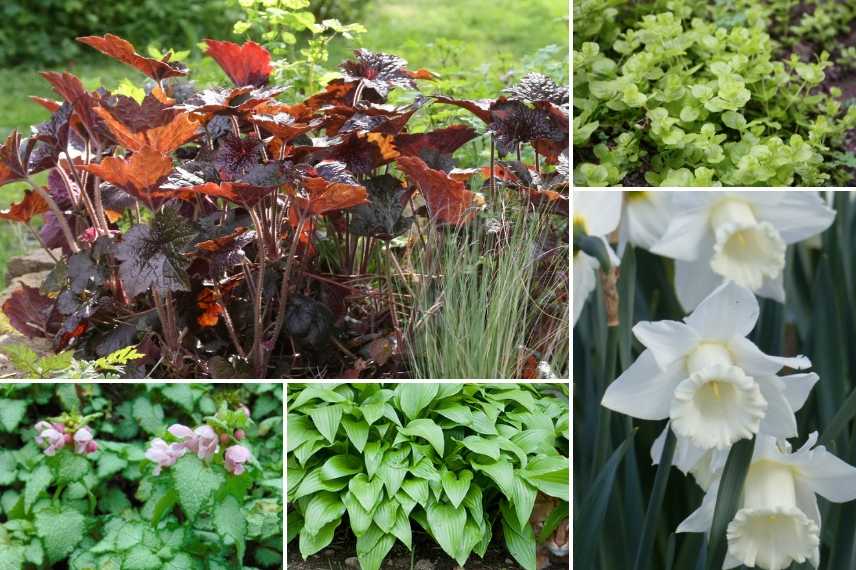
A pairing idea: Heuchera ‘Palace Purple’, Lysimachia nummularia ‘Aurea’, Narcissus ‘Mount Hood’, Hosta ‘Sweet Susan’, Lamium maculatum ‘Pink Pewter’
Growing in shady beds
Easy to grow, Heuchera adapt to all light, fertile and cool, moist soils. Avoid heavy soils or those waterlogged in winter. They tolerate partial shade as well as deep shade, where foliage remains bright and flowering periods are longer.
Enrich soil with compost and mulch each spring to retain moisture. These shade perennials help structure mixed beds while bringing colour and volume, even where sun is scarce.
Japanese anemones: shade-loving perennial with autumn flowering
Japanese anemones are shade perennials ideal for extending flowering in the garden right through to late autumn. They form upright clumps 40 cm to over 1.50 m tall depending on variety.
Their green, divided and deciduous foliage appears fairly late in the season. From late summer through to October they bear single or double flowers, white, pink or purple, carried on long ramified stems. Their airy flowering brightens shaded borders at season’s end.
Hardy and easy to grow, these plants for shaded borders spread slowly by their rootstocks and can colonise space without ever smothering neighbours.
Our favourite varieties and pairing ideas
-
Anemone ‘Honorine Jobert’, a classic large cultivar with white flowers and a golden centre, reaches up to 1.80 m. At the back of a border it pairs with persicarias, asters or eupatoriums. Its bright tone stands out against the dark foliage of Physocarpus ‘Diabolo’.
-
Anemone ‘Pretty Lady Maria’, more compact (50 to 60 cm), flowers from August to November. Ideal in a border, it combines with hardy geraniums, hostas or shade grasses. Japanese maples enhance the autumnal effect.
-
Anemone ‘September Charm’, with pale pink, lightly scented flowers, offers a romantic look. Pair with ferns, a silver-leaved dusty miller or the colourful berries of a Callicarpa.
Consider planting early-flowering bulbs to brighten the border while waiting for anemone foliage to develop fully.

An idea for a combination: Anemone ‘September Charm’, Hydrangea involucrata ‘Yoraku Tama’, Liriope muscari ‘Ingwersen’, Dryopteris wallichiana
Cultivation in a moist shady border
Japanese anemones prefer a semi-shaded position in fresh, fertile, well-drained soil. Avoid very dry or stony ground, where they do poorly. In Mediterranean climates, they are more difficult to grow.
These shade perennials are hardy to −15 °C. Cut back faded flowers to encourage flowering, then cut the clump back in autumn. Adding compost every 2 to 3 years boosts vigour.
Easy to grow, they suit novice gardeners. Only slugs and a few minor diseases (rust, powdery mildew) can occasionally affect foliage.
Hardy geraniums: flowers for shade
Hardy geranium hardy geranium is a very robust outdoor shade plant, not to be confused with pelargonium, often wrongly called “balcony geranium”.
Hardy down to -20 °C, there are varieties for all exposures, including hardy geraniums for dry shade or cooler soils. Their generous flowering, in shades of blue, pink, red or white, extends from spring to autumn.
With their often palmate, spreading foliage, hardy geraniums make excellent groundcover that helps suppress weeds. Their foliage sometimes takes on orange or bronze tones in autumn, perfect for brightening an evergreen shady border.
Our favourite varieties and pairing ideas
-
In dry shade, Geranium nodosum is ideal. The variety ‘Clos du Coudray’ displays glossy foliage and mauve flowers edged with white. Pair it with light-coloured foliage such as Millium effusum ‘Aureum’ or with bergenias.
-
Geranium macrorrhizum ‘Olympos’ is drought-tolerant. Its aromatic foliage takes beautiful bronze tones in autumn. It pairs well with Acanthus mollis or Aspidistra elatior.
-
For cool to moist soils, Geranium maculatum ‘Chatto’ offers a delicate pink and can rebloom in autumn. ‘Espresso’ contrasts nicely with its chocolate foliage and lilac flowers.
-
At the edge of woodland, Geranium sylvaticum ‘Bridget Lion’ thrives in heavy, wet soil, with its electric-blue flowering.
Complete your scenes with ornamental grasses such as Acorus ‘Ogon’ or Hakonechloa ‘Aureola’.
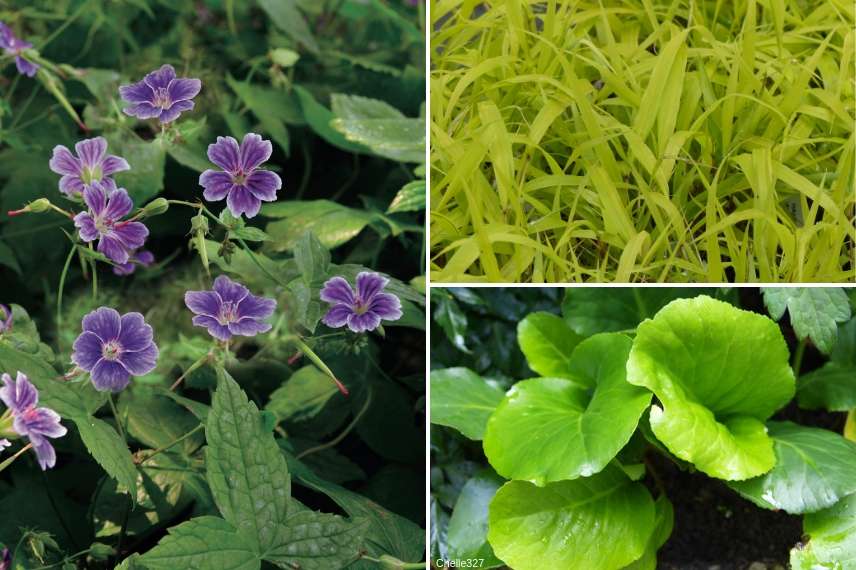
A pairing idea: Geranium nodosum ‘Clos du Coudray’, Millium effusum ‘Aureum’, Bergenia ‘Morgenrote’
Growing in dry or cool shade borders
Hardy geraniums appreciate light shade and adapt to dry soils as well as cooler areas depending on species.
They are easy to maintain: cut them back after flowering to encourage dense foliage and reduce powdery mildew. Avoid watering foliage directly and space plants for good air circulation.
A simple top-dressing of compost in autumn is enough to ensure vigour and generous flowering. These robust shade plants are ideal for beginner gardeners or for creating attractive, low-maintenance shady borders.
Fern: shade plant with graphic foliage
Impossible to imagine a planting in shade without a few Ferns, true queens of shady corners. These perennial shade plants, with finely divided foliage, bring structure, freshness and naturalness to understorey and borders.
Their foliage, often deciduous or semi-evergreen, takes surprising hues depending on variety: bronze, orange, silver or even pink. They pair perfectly with other shade-loving plants and enhance plantings with their botanical elegance, even where sunlight is scarce.
Our favourite varieties and planting ideas
-
Dryopteris erythrosora, evergreen, reveals copper fronds in spring that turn green as they open. Pair it with a tapetum of Helxine or with a martagon lily for added verticality.
-
Royal fern (Osmunda regalis) is a giant among ferns, ideal in cool, lightly shaded, moist soil. Team it with hostas or with liriope.
-
Athyrium niponicum ‘Pictum’ brings unique metallic tones, blending silver and red. In cool, moist soil it partners well with tricyrtis, Japanese anemones or bleeding hearts.
They find their place in all shade plantings, whether natural, exotic or contemporary.
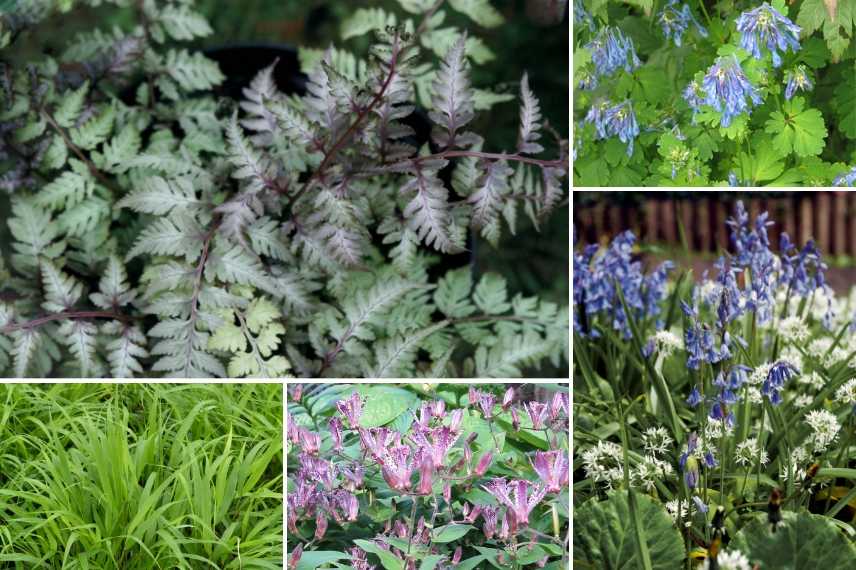
Pairing idea: Athyrium niponicum ‘Pictum’, Corydalis flexuosa ‘Purple Leaf’, Hyacinthoides hispanica and Allium ursinum, Tricyrtis ‘Sinonome’, Hakonechloa macra
Growing in a shade border
Ferns prefer humus-rich, cool, well-drained soil, close to woodland conditions. They tolerate some drought once well established, but look their best in moist ground and garden shade.
To maintain them, simply cut back dry fronds at the end of winter and add compost to enrich soil.
Easy, hardy and decorative, they are precious allies for any successful shade planting.
Also... bulbs and bushes for shady borders
To create a full, varied shade border, think of pairing perennials with groundcover bushes and bulbous plants, capable of bringing structure, flowers or decorative foliage even in the garden’s darkest corners.
There is a great diversity of groundcover bushes for shade, perfect under trees or in areas difficult to plant. For more information, discover our feature : Best groundcover bushes for dense shade
And to complete your scenes with subtle flowering and effective groundcover foliage, also find our selection : Best hardy geraniums for shade
Thus, even shaded spaces are transformed into attractive areas, rich in textures and colours all year round.
- Subscribe!
- Contents
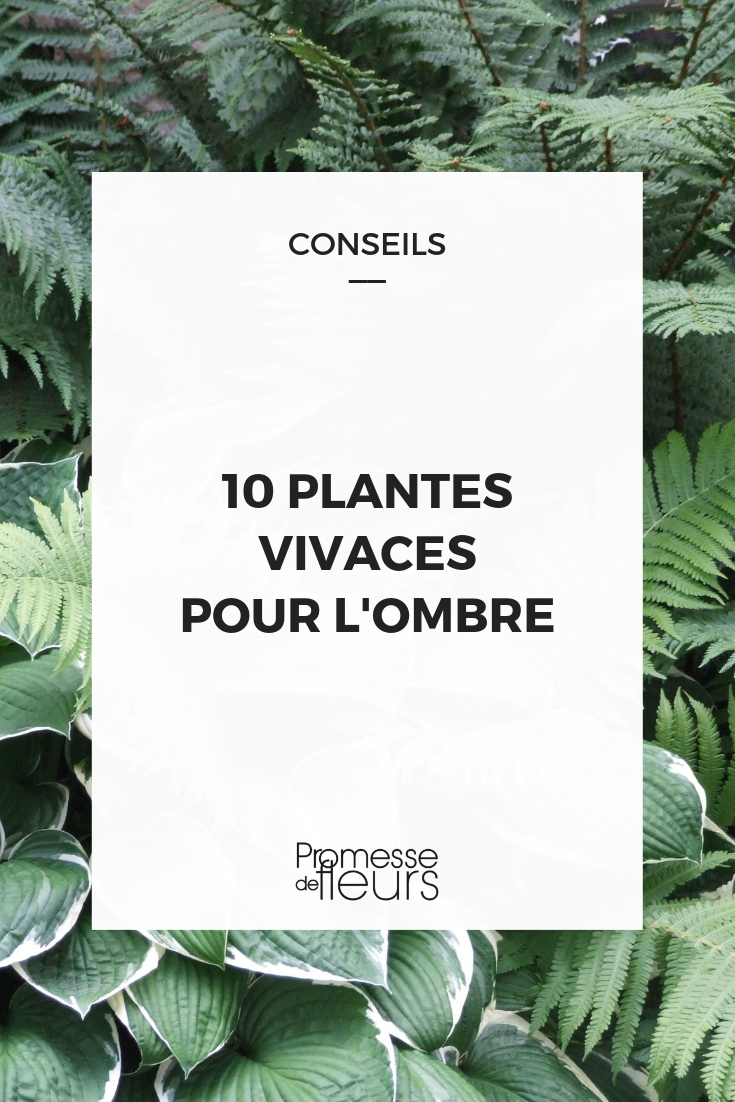































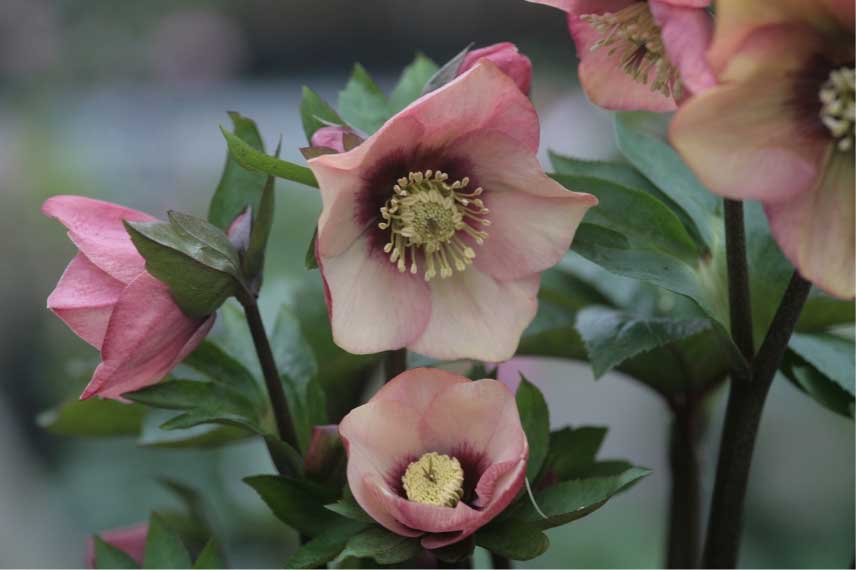
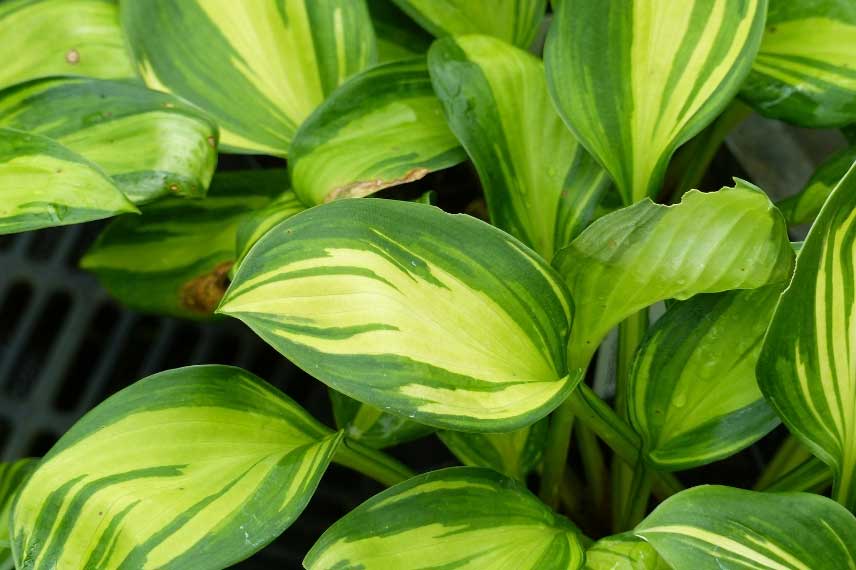
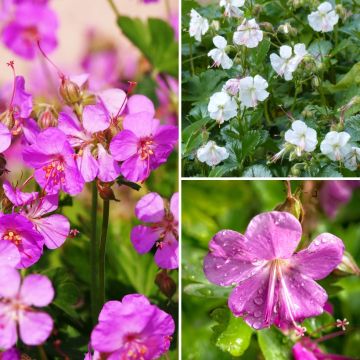
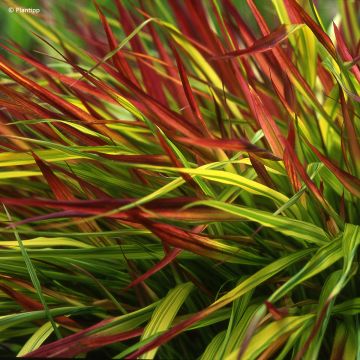
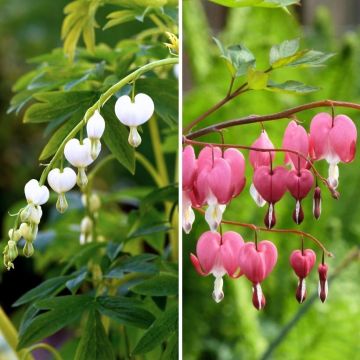
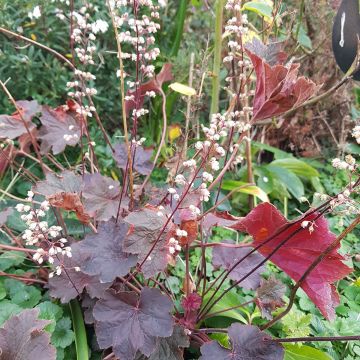

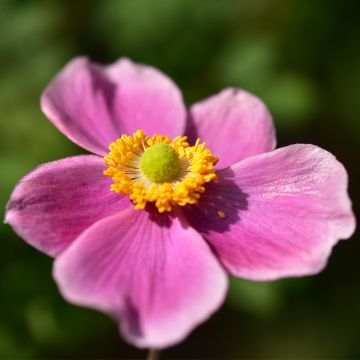
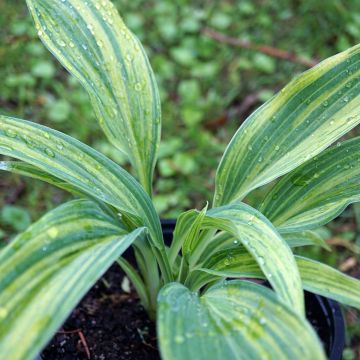
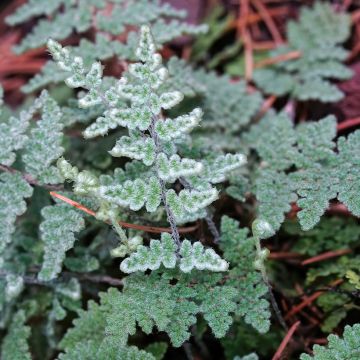
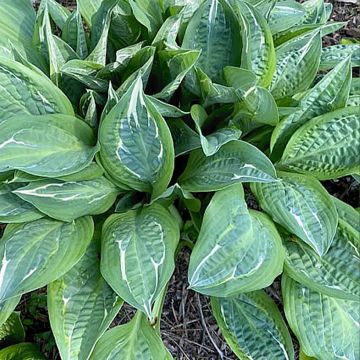
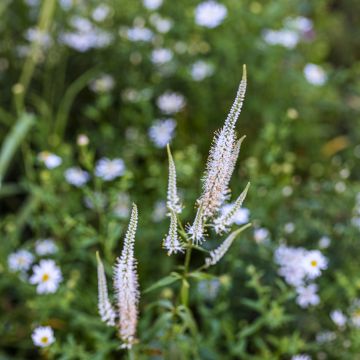
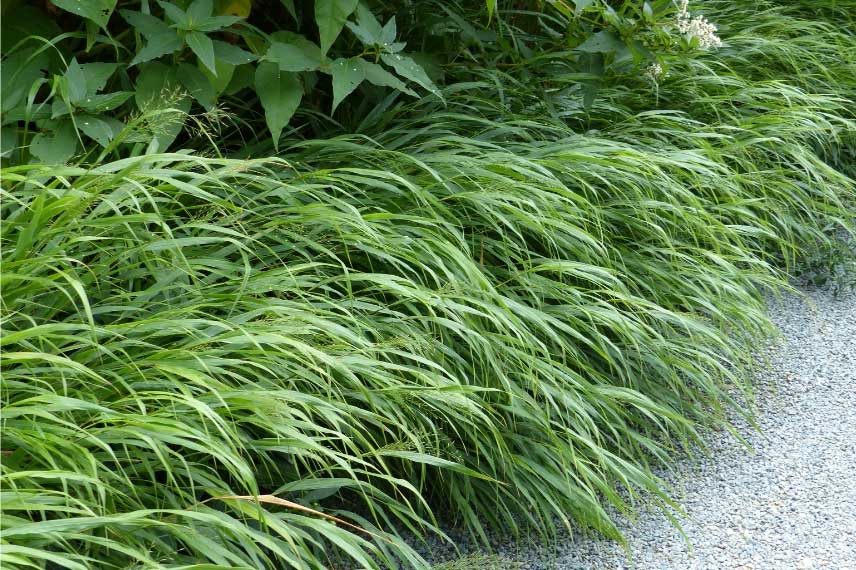
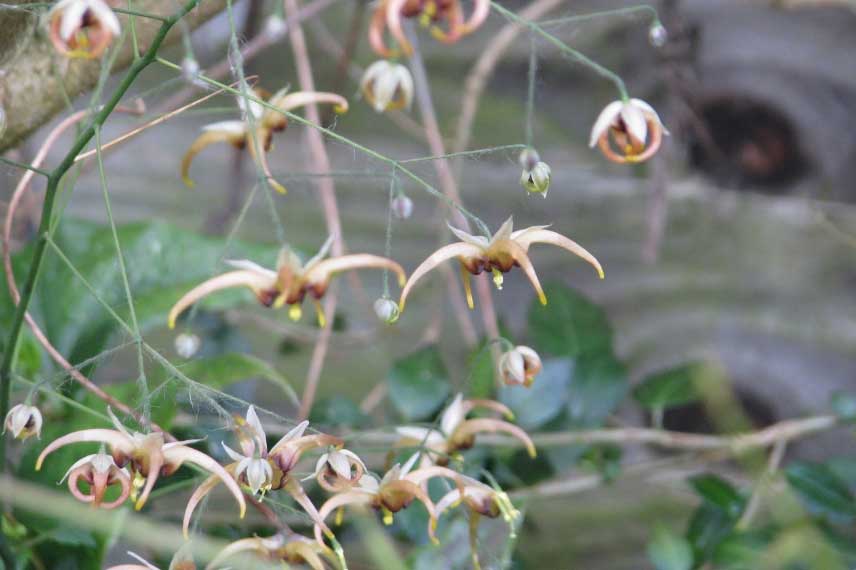
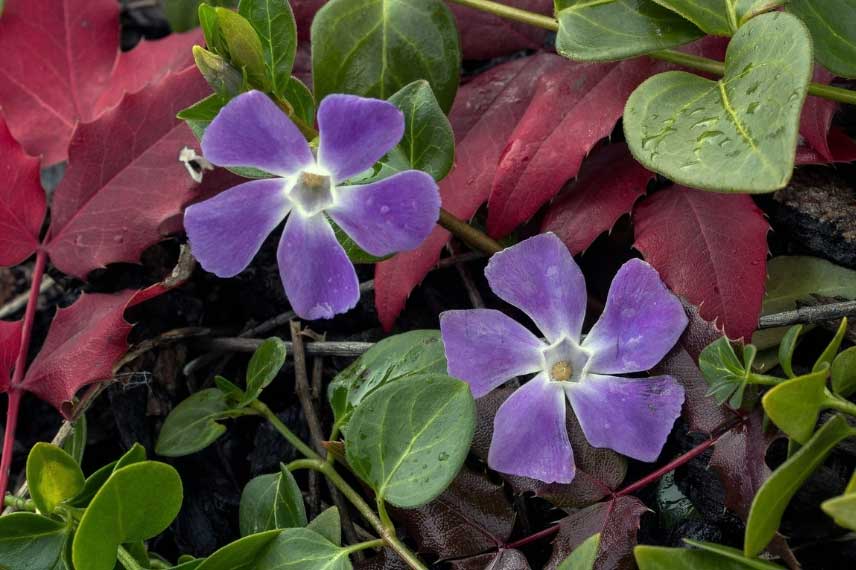
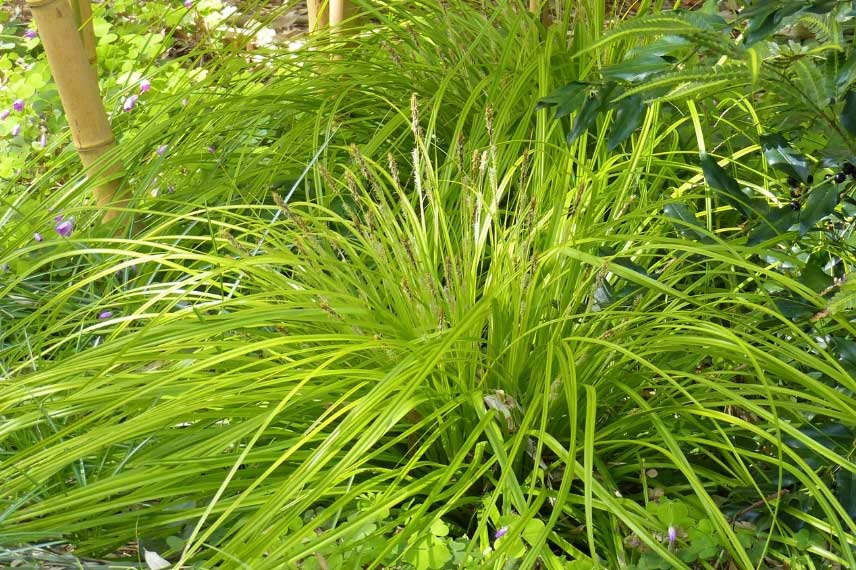
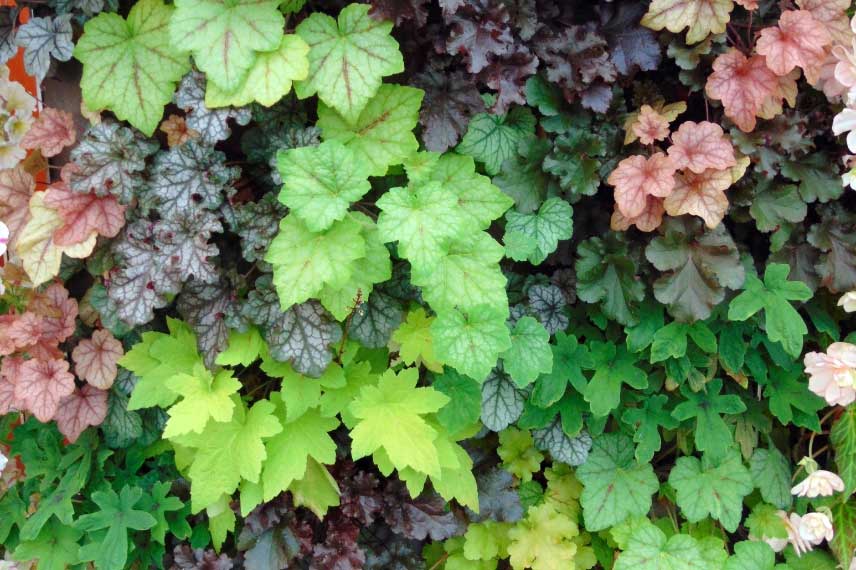
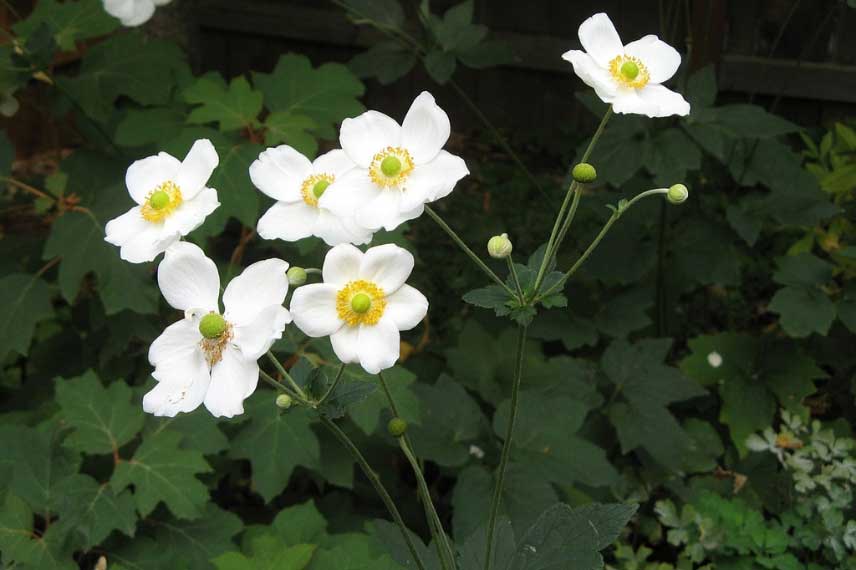
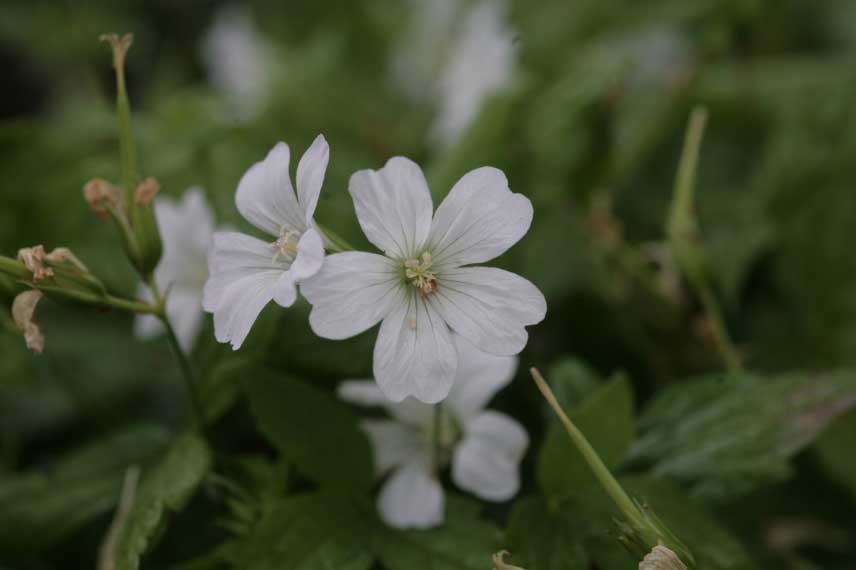
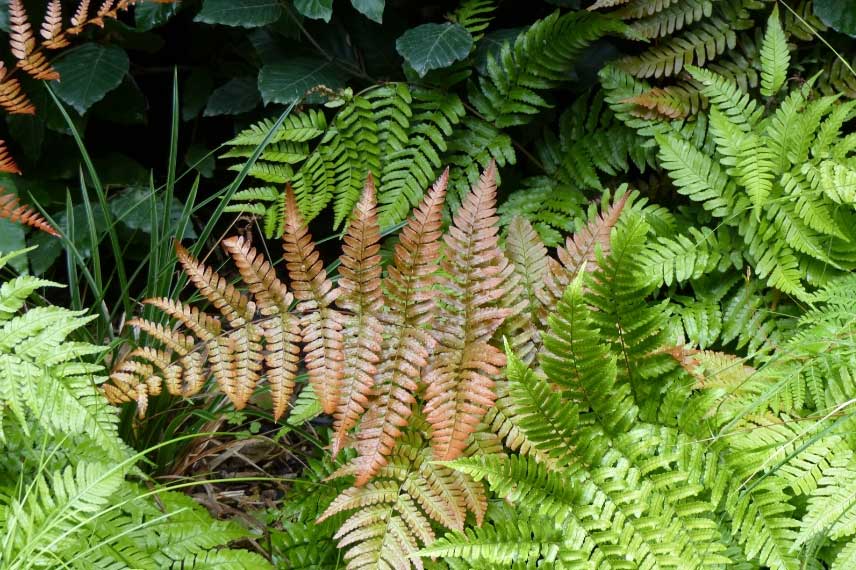
Comments